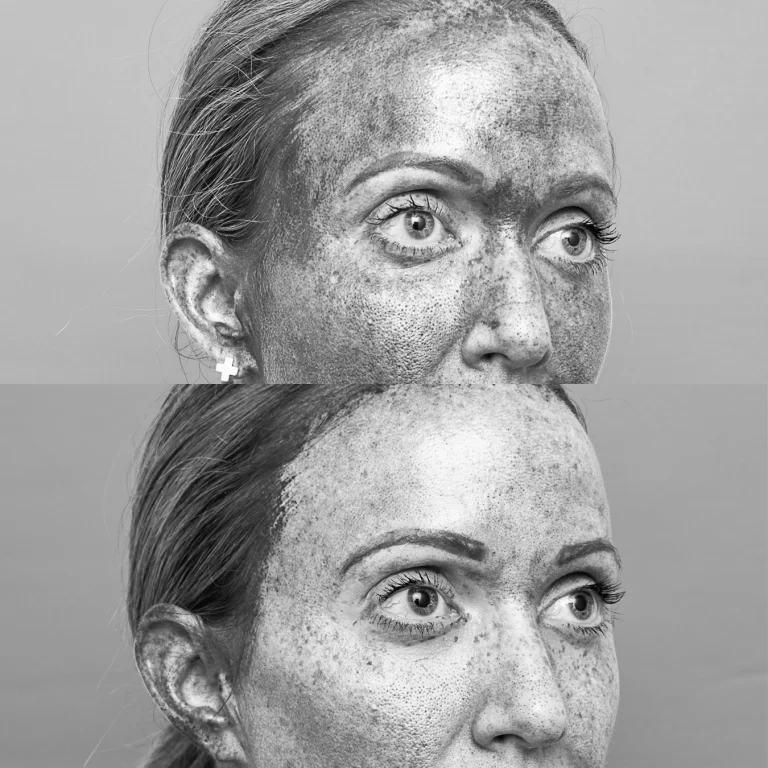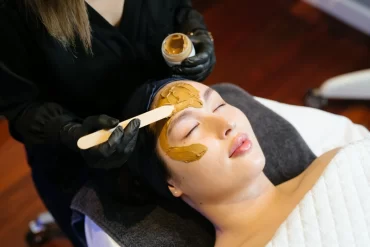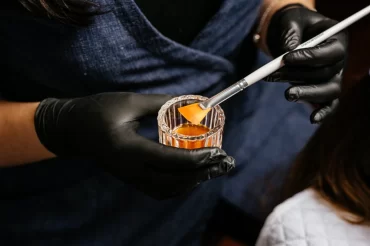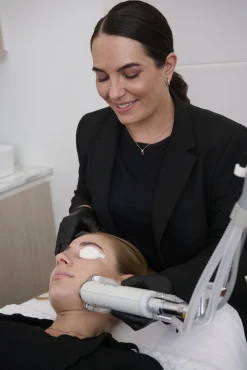Sun Damage

Chronic sun exposure can contribute to changes in skin texture, tone and the visible signs of premature ageing.
Photoageing, also known as sun damage, refers to changes in the skin that occur due to long-term exposure to ultraviolet (UV) radiation. These changes can appear as fine lines, uneven skin tone, redness, pigmentation, and textural differences. Unlike the natural ageing process, photoageing is primarily influenced by environmental exposure, particularly the sun.
In accordance with Therapeutic Goods Administration (TGA) regulations, we are unable to provide detailed information about specific treatments online. Such information may be misinterpreted as the promotion of prescription-only (Schedule 4) medications – this is not permitted under TGA guidelines.
For this reason, a consultation with one of our practitioners is required. During your comprehensive consultation, your practitioner will carefully assess your skin, discuss your concerns, and provide education around suitable treatment options. A personalised treatment plan will then be created to address your individual needs.
Treatment costs will vary depending on your tailored plan and will be discussed with you in detail during your consultation.
FAQs
How does UV effect the skin?
UV radiation can contribute to:
Stimulation of melanin production, resulting in freckles or pigmentation
Visible redness and broken capillaries
Altered texture and roughness of the skin
Reduction in collagen and elastin, which support firmness and elasticity
The appearance of fine lines and wrinkles
While anyone can experience photoageing, people who spend long periods outdoors, live in sunny climates, or have fairer skin tones may notice these changes earlier. Other lifestyle factors such as smoking and pollution may also contribute.
How to prevent photoageing?
Prevention remains the most effective way to minimise photoageing. Key strategies include:
- Using a broad-spectrum SPF 50+ sunscreen daily
- Wearing hats, protective clothing, and sunglasses outdoors
- Avoiding tanning and solarium use
- Seeking shade during peak UV hours
- Supporting skin health with a consistent, protective skincare routine
What are our recommended treatments?
For those already experiencing signs of sun damage, a range of treatments may help improve the cosmetic appearance of pigmentation, redness, uneven texture, or fine lines. A consultation with one of our practitioners is required to determine the most appropriate options for your skin.
At Youth Lab, treatments that may form part of an individual plan include:
Halo Laser
Laser resurfacing that may support skin renewal, texture, and tone.
BBL Corrective
Broadband light can be used to reduce visible redness, pigmentation, and small vessels.
RF Microneedling
Combines radiofrequency and microneedling to stimulate a skin-healing response.
Skin Needling
Collagen induction therapy which may help with texture and overall skin quality.
Healite II LED
Low-level light therapy that may assist in calming inflammation and supporting recovery.
Chemical Peels
Varying strengths to exfoliate and refresh the skin’s surface.
Hydrafacial
Multi-step treatment designed to cleanse, exfoliate, and hydrate the skin.
Thread Lifts and Collagen Stimulators
Offered for selected clients as part of a broader approach to skin support.
PRP (Platelet Rich Plasma)
May support collagen and elastin through the body’s own natural healing processes.



